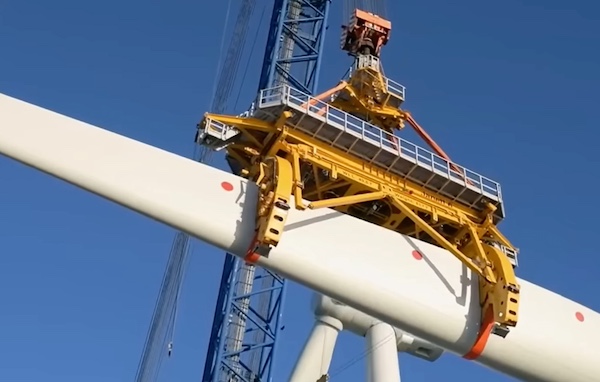
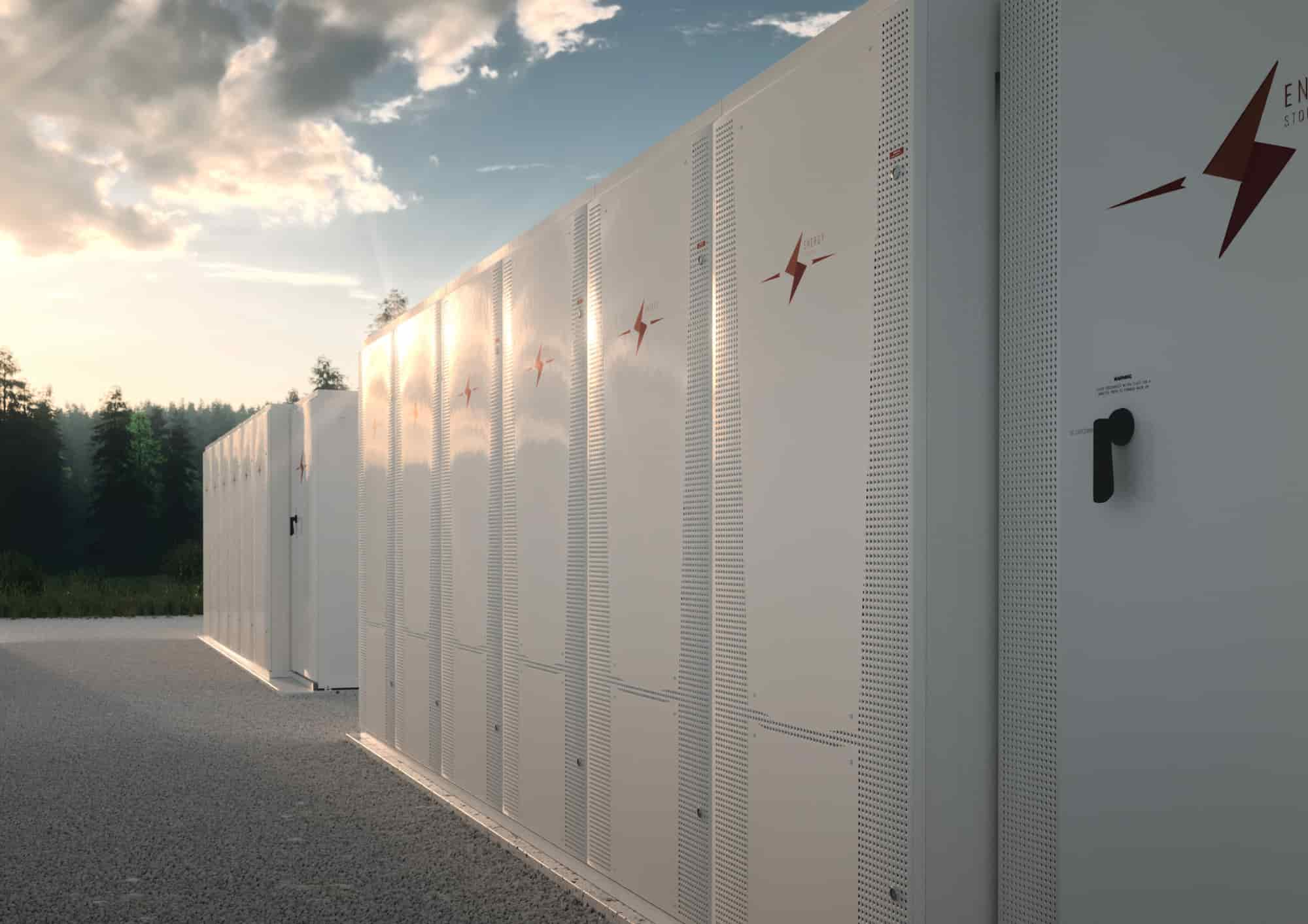
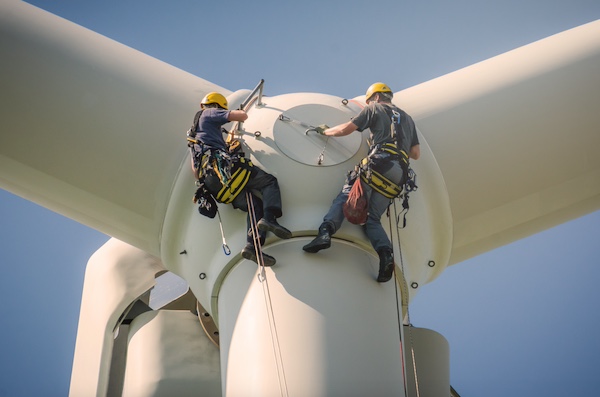

The Great Plains Institute announced that Christian Mitchell, vice president for civic engagement at the University of Chicago, has joined its board. Mitchell’s rich experience in state government as both an elected and appointed official and his roots as a community organizer bring valuable perspectives to GPI’s board as the organization works to accelerate the transition to net zero carbon emissions for the benefit of people, the economy, and the environment.
“We are thrilled to welcome Christian to our board,” GPI President and CEO Rolf Nordstrom said. “His already distinguished career as a public servant in Illinois has seen him lead on the broad and complex issues that we specialize in, helping deliver for communities across the country. His key role in IL’s nation-leading Climate & Equitable Jobs Act is a striking recent example. He knows what success looks like and what it takes to bring a wide-ranging group of stakeholders to the table and engage them to deliver change. Christian’s leadership and keen sense of strategy will enhance our efforts in addressing climate change and building an equitable net-zero carbon economy.”
Mitchell served as deputy governor for Public Safety, Energy, and Infrastructure in the Pritzker administration and, before that, represented the 26th District in the Illinois House of Representatives. As deputy governor, he oversaw several state agencies, including the Department of Transportation, the Environmental Protection Agency, the Illinois Power Agency, and the Illinois Commerce Commission. In his current role with the University of Chicago, he is growing civic engagement across the institution and developing community and corporate partnerships to support economic opportunity for the south side of Chicago and the broader region.
“Christian’s background, life experience and intellect will be invaluable to our board at this especially exciting time of growth and change,” GPI board chair Priti Patel said. “As GPI begins its next 25 years, achieving our vision of an equitable net zero carbon economy will only be possible with the help of thoughtful, civic-minded leaders who can help us build on our track record of success and strategically maximize our reach and impact. We are grateful to Christian for being one of them and helping to chart GPI’s ambitious course.”
“It’s an honor to join the Great Plains Institute’s board, an organization creating the system conditions for hastening clean energy deployment and growing the opportunity for economic prosperity in a net zero carbon economy for all people,” Mitchell said. “We are in a moment of monumental opportunity, and I look forward to contributing my experience to the Great Plains Institute’s mission and helping drive positive change.”
Mitchell joins a diverse board, representing nonprofits, energy technology, energy policy, utility, and philanthropic perspectives nationwide. His term began on April 1.
Great Plains Institute | www.betterenergy.org

Solar United Neighbors, a national nonprofit that educates consumers about solar energy and helps them go solar, applauds the Environmental Protection Agency (EPA) for announcing funding for its Solar for All program. Solar for All will help hundreds of thousands of new low-to-moderate income families benefit from solar energy.
The Solar for All Program is awarding up to 60 grants to states, territories, Tribal governments, municipalities, and nonprofits. These awards expand the number of people that can benefit from solar energy. Funding for Solar for All comes from the Inflation Reduction Act.
“We’re ready to get to work,” said Anya Schoolman, Executive Director, Solar United Neighbors. “This investment will help more families save money and take control of where their energy comes from.”
Solar United Neighbors is a national leader in designing programs to expand solar access. It pioneered the first Solar for All program in Washington, D.C. in 2017. That effort helped 73 families go solar. It has developed more than two dozen such programs over the past seven years.
Solar United Neighbors will work on this with local partners in more than a dozen states.
The families who will participate in Solar for All are the ones likeliest to have the highest energy burden. Their energy bill takes a larger percentage of their income than it does for higher income families. Going solar is a great way for them to lower their energy costs.
Solar United Neighbors | https://www.solarunitedneighbors.org/
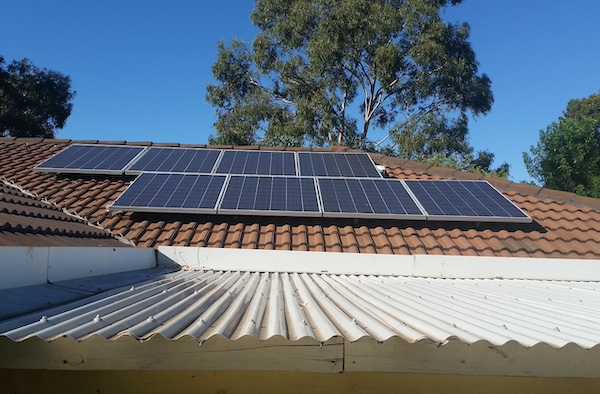
The Ohio Air Quality Development Authority (OAQDA) and Ohio Environmental Protection Agency (Ohio EPA) announced that they will partner to administer a $156 million program to expand the use of renewable solar energy in traditionally underserved Ohio communities.
As part of the new program, the agencies will provide grants and low-cost financing for residential and community solar energy projects in disadvantaged areas of Ohio, ultimately lowering electricity bills in low- to moderate-income households. The new program will focus on maximizing the number of underserved households with solar energy generation, delivering cost savings for families, and improving air quality through decreased greenhouse gas emissions. The initiative also will contribute to Ohio's thriving economy by creating the workforce needed to deploy these solar energy systems across the state.
“We look forward to dispersing these funds in ways that will dramatically impact the lives of people in low-income and disadvantaged communities,” said OAQDA Executive Director Christina O’Keeffe. “These funds are designed to alleviate some of the financial burdens of our Ohio families while spurring economic growth and creating healthier air for all Ohioans.”
This announcement, which coincides with Earth Day, builds on the work already underway by both Ohio EPA and OAQDA. For more than 50 years, OAQDA has worked to harmonize a strong economy and a healthy environment in Ohio. It is a non-regulatory, independent state agency that supports projects that will have a positive impact on Ohio by improving air quality, which offers significant public health savings and economic benefits, while helping projects meet compliance standards.
“We are thrilled to support projects that will have direct and immediate impacts on the state’s economy, environment and public health. These funds are closing the gap in access to solar energy,” said Ohio EPA Director Anne Vogel.
Ohio's program is funded through the U.S. Environmental Protection Agency's federal Solar for All program, which announced funding for 60 solar energy programs this morning. Ohio's project was selected through a competitive process.
The distribution of Ohio’s $156 million award will start later this year.
Ohio Air Quality Development Authority | ohioairquality.org

A report from Columbia University tackles these 33 misconceptions with data.
Here are two favorites:
FALSE: “Solar energy is more expensive than fossil fuels and completely dependent on subsidies.”
FALSE: “Electric vehicles have a net harmful effect on climate change.”
Columbia University | https://www.columbia.edu/
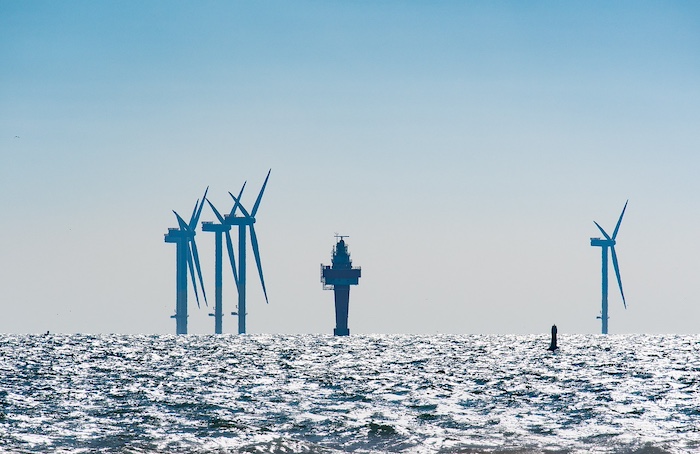
The U.S. offshore wind market transitioned from planning to commercialization in the first quarter of 2024. In total, the amount approved for construction in the U.S. surpassed 10 GW during the first quarter of 2024. These and other key industry findings are detailed in Oceantic Network’s U.S. Offshore Wind Quarterly Market Report, which highlights announced investments, advancements of the review process for several projects, and notable policy developments that drove the U.S. market forward between January and March of 2024.
Notable milestones include Ørsted and Eversource’s completion of South Fork Wind project in March. Next up is Vineyard Wind, to be completed later this year, which also began delivering power to the grid. Meanwhile, two new projects, collectively triple the size of South Fork and Vineyard, were announced to begin installation this summer.
“In the first quarter, our industry moved from concept to reality with projects now delivering power to the grid,” said Sam Salustro, vice president of strategic communications at Oceantic Network. “No longer will the question be whether the U.S. builds offshore wind projects, but how many and how fast. This summer we’ll see the market move into a new region with the start of Dominion Energy’s Coastal Virginia Offshore Wind in the mid-Atlantic, and a third project in the Northeast with Revolution Wind.”
Further market strength was showcased in the first quarter with the ninth CTV launch, and fourth this year, for the U.S. Market and a new $700 million investment in a steel tower facility. These announcements along with new tax guidance will enable the Inflation Reduction Act to benefit even more projects.
Added Salustro, “We will continue to hit speed bumps, like New York’s announcement last week regarding recently awarded projects, but we are still seeing the market build momentum. The wind is at our backs, now we must continue our work to build a supply chain for offshore wind.”
The first quarter of 2024 signaled a new era for the industry with American homes being powered by offshore wind energy. The report identified several further advancements, including:
Oceantic Network | www.oceantic.org
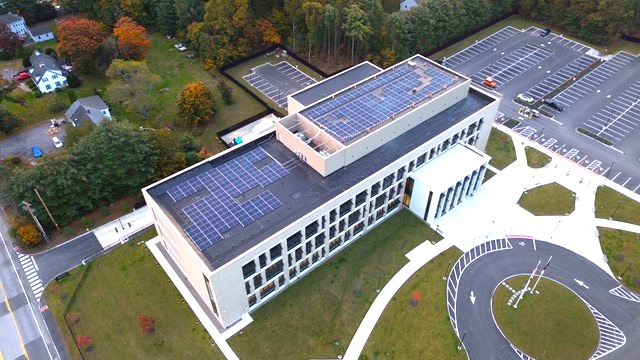
Verogy, a West Hartford, CT-based solar energy developer dedicated to delivering industry-leading renewable energy solutions and services announced the completion of a 139.5 kilowatt (kW) rooftop solar energy project at the York Judicial Center in Biddeford, ME.
The state-of-the-art system, comprised of 256 solar modules will significantly reduce the building’s carbon footprint and provide a reliable source of clean energy for decades to come. The York Judicial Center’s installation is the first solar project completed for the State of Maine Judicial Branch.
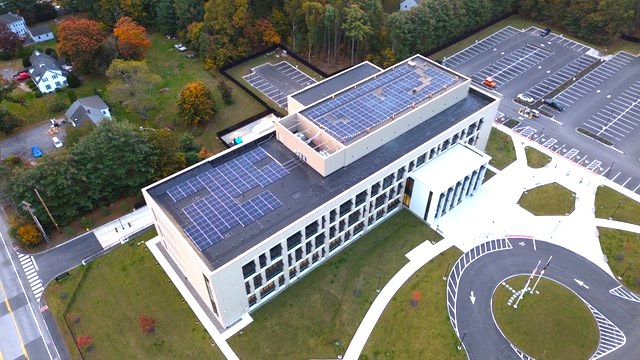
"Verogy is pleased to have the opportunity to partner with the Maine Judicial Branch to deliver a solar energy project that will generate clean power while advancing the state’s sustainability goals,” said Will Herchel, Verogy’s CEO. “Our project at the York Judicial Center is a great example of how Maine’s leaders are working to ensure their state is better prepared for the impacts of climate change.”
In 2019, Maine Governor Janet Mills and the state legislature established the Maine Climate Council. Comprised of scientists, industry experts, bipartisan officials, and citizens, the Council has developed a four-year action plan titled "Maine Won’t Wait." The plan outlines measures to reduce Maine's greenhouse gas emissions by 45% by 2030 and 80% by 2050, targeting carbon neutrality by 2045. Since its release in 2020, Maine Won’t Wait has articulated climate action strategies including steps to modernize buildings in the state. Heating, cooling, and lighting of buildings in Maine are the source of nearly one-third of the state’s greenhouse gas emissions. To help address this challenge, Maine has pledged to “Lead by Example” with publicly funded buildings such as the York Judicial Center. By adopting renewable energy for state buildings, Maine state government will reduce emissions while lowering operating costs for taxpayers.
The solar project at the York Judicial Center will produce over 162,000 kilowatt-hours (kWh) of clean energy annually, enough to power more than 15 average homes for a year. In addition, on an annual basis, the project’s arrays will offset the equivalent of about 109 metric tons of carbon dioxide, equivalent to the amount of emissions generated by an average passenger vehicle driven more than 278,000 miles every year.
The York Judicial Center solar project was awarded to Verogy in September 2021 after the company won a competitive RFP process held by the state. The project was completed under a 20-year Power Purchase Agreement (PPA) between the Maine Judicial Branch and Verogy that makes it possible for the state to purchase electricity at a significantly discounted rate. The PPA locks in a discounted rate so that as electricity costs rise in the future, the Maine Judicial Branch will continue to pay a reduced amount for electricity.
Verogy | https://www.verogy.com/

With Texas experiencing continued economic and population growth, ERCOT announced the need to adapt and plan differently to meet future electricity demand (load) on the grid. ERCOT’s New Era of Planning focuses on ensuring all areas of system planning – from generation and load interconnections to transmission development – can adapt to better serve the needs of the rapidly growing Texas economy. This effort was unveiled by ERCOT President and CEO Pablo Vegas at today’s ERCOT April Board of Directors (BOD) meeting, detailing the challenges and opportunities ahead.
“As a result of Texas’ continued strong economic growth, new load is being added to the ERCOT system faster and in greater amounts than ever before,” said ERCOT President and CEO Pablo Vegas. “As we develop and implement the tools provided by the prior two legislatures, ERCOT is positioned to better plan for and meet the needs of our incredibly fast-growing state.”
While the growth picture is significant and will present challenges, Vegas pointed out that it will also be a tremendous opportunity for future energy investment in Texas. It will also encourage flexibility and agility of the ERCOT market design as it evolves and adapts, positioning ERCOT as a significant component of the economic engine driving the national economy.
With an estimated additional 40,000 MW of load growth by 2030 as compared to last year’s forecast, the focus will ensure efficient and innovative approaches in planning are leveraged to prepare the ERCOT market for this accelerated growth. While it is going to take time to implement the valuable tools enabled by prior legislative sessions, Vegas noted that all the key stakeholders are aligned in supporting this economy-driven growth while simultaneously bolstering the grid’s reliability and resiliency.
ERCOT’s current suite of tools and programs includes weatherization standards and inspections, scheduled maintenance planning approvals, Fast Frequency Response Service (FFRS), and Firm Fuel Supply Service (FFSS). The PUCT is administering the start of the Texas Energy Fund, aimed at incentivizing the rapid development of new, dispatchable energy supply in the ERCOT market. ERCOT is also working with stakeholders to develop additional tools to support improved reliability and market efficiency, including Real Time Co-Optimization, a Performance Credit Mechanism (PCM), Dispatchable Reliability Reserve Service (DRRS), and the establishment of a new Reliability Standard for ERCOT.
To view the full New Era of Planning presentation from ERCOT’s April BOD meeting, click here.
ERCOT | https://www.ercot.com/
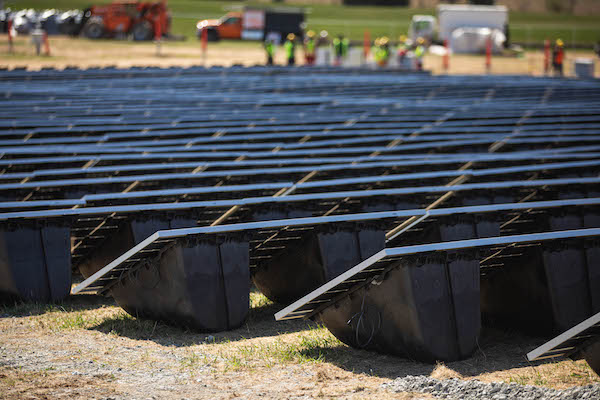
Alternative Energies May 15, 2023
The United States is slow to anger, but relentlessly seeks victory once it enters a struggle, throwing all its resources into the conflict. “When we go to war, we should have a purpose that our people understand and support,” as former Secretary ....

Unleashing trillions of dollars for a resilient energy future is within our grasp — if we can successfully navigate investment risk and project uncertainties.
The money is there — so where are the projects?
A cleaner and more secure energy future will depend on tapping trillions of dollars of capital. The need to mobilize money and markets to enable the energy transition was one of the key findings of one of the largest studies ever conducted among the global energy sector C-suite. This will mean finding ways to reduce the barriers and uncertainties that prevent money from flowing into the projects and technologies that will transform the energy system. It will also mean fostering greater collaboration and alignment among key players in the energy space.
 Interestingly, the study found that insufficient access to finance was not considered the primary cause of the current global energy crisis. In fact, capital was seen to be available — but not being unlocked. Why is that? The answer lies in the differing risk profiles of energy transition investments around the world. These risks manifest in multiple ways, including uncertainties relating to project planning, public education, stakeholder engagement, permitting, approvals, policy at national and local levels, funding and incentives, technology availability, and supply chains.
Interestingly, the study found that insufficient access to finance was not considered the primary cause of the current global energy crisis. In fact, capital was seen to be available — but not being unlocked. Why is that? The answer lies in the differing risk profiles of energy transition investments around the world. These risks manifest in multiple ways, including uncertainties relating to project planning, public education, stakeholder engagement, permitting, approvals, policy at national and local levels, funding and incentives, technology availability, and supply chains.
These risks need to be addressed to create more appealing investment opportunities for both public and private sector funders. This will require smart policy and regulatory frameworks that drive returns from long-term investment into energy infrastructure. It will also require investors to recognize that resilient energy infrastructure is more than an ESG play — it is a smart investment in the context of doing business in the 21st century.
Make de-risking investment profiles a number one priority
According to the study, 80 percent of respondents believe the lack of capital being deployed to accelerate the transition is the primary barrier to building the infrastructure required to improve energy security. At the same time, investors are looking for opportunities to invest in infrastructure that meets ESG and sustainability criteria. This suggests an imbalance between the supply and demand of capital for energy transition projects.
How can we close the gap?
One way is to link investors directly to energy companies. Not only would this enable true collaboration and non-traditional partnerships, but it would change the way project financing is conceived and structured — ultimately aiding in potentially satisfying the risk appetite of latent but hugely influential investors, such as pension funds. The current mismatch of investor appetite and investable projects reveals a need for improving risk profiles, as well as a mindset shift towards how we bring investment and developer stakeholders together for mutual benefit. The circular dilemma remains: one sector is looking for capital to undertake projects within their skill to deploy, while another sector wonders where the investable projects are.
This conflict is being played out around the world; promising project announcements are made, only to be followed by slow progress (or no action at all). This inertia results when risks are compounded and poorly understood. To encourage collaboration between project developers and investors with an ESG focus, more attractive investment opportunities can be created by pulling several levers: public and private investment strategies, green bonds and other sustainable finance instruments, and innovative financing models such as impact investing.

Expedite permitting to speed the adoption of new technologies
Another effective strategy to de-risk investment profiles is found in leveraging new technologies and approaches that reduce costs, increase efficiency, and enhance the reliability of energy supply. Research shows that 62 percent of respondents indicated a moderate or significant increase in investment in new and transitional technologies respectively, highlighting the growing interest in innovative solutions to drive the energy transition forward.
Hydrogen, carbon capture and storage, large-scale energy storage, and smart grids are some of the emerging technologies identified by survey respondents as having the greatest potential to transform the energy system and create new investment opportunities. However, these technologies face challenges such as long lag times between conception and implementation.
If the regulatory environment makes sense, then policy uncertainty is reduced, and the all-important permitting pathways are well understood and can be navigated. Currently, the lack of clear, timely, and fit-for-purpose permitting is a major roadblock to the energy transition. To truly unleash the potential of transitional technologies requires the acceleration of regulatory systems that better respond to the nuance and complexity of such technologies (rather than the current one-size-fits all approach). In addition, permitting processes must also be expedited to dramatically decrease the period between innovation, commercialization, and implementation. One of the key elements of faster permitting is effective consultation with stakeholders and engagement with communities where these projects will be housed for decades. This is a highly complex area that requires both technical and communication skills.
The power of collaboration, consistency, and systems thinking
The report also reveals the need for greater collaboration among companies in the energy space to build a more resilient system. The report shows that, in achieving net zero, there is a near-equal split between those increasing investment (47 percent of respondents), and those decreasing investment (39 percent of respondents). This illustrates the complexity and diversity of the system around the world. A more resilient system will require all its components – goals and actions – to be aligned towards a common outcome.
Another way to de-risk the energy transition is to establish consistent, transparent, and supportive policy frameworks that encourage investment and drive technological innovation. The energy transition depends on policy to guide its direction and speed by affecting how investors feel and how the markets behave. However, inconsistent or inadequate policy can also be a source of uncertainty and instability. For example, shifting political priorities, conflicting international standards, and the lack of market-based mechanisms can hinder the deployment of sustainable technologies, resulting in a reluctance to commit resources to long-term projects.
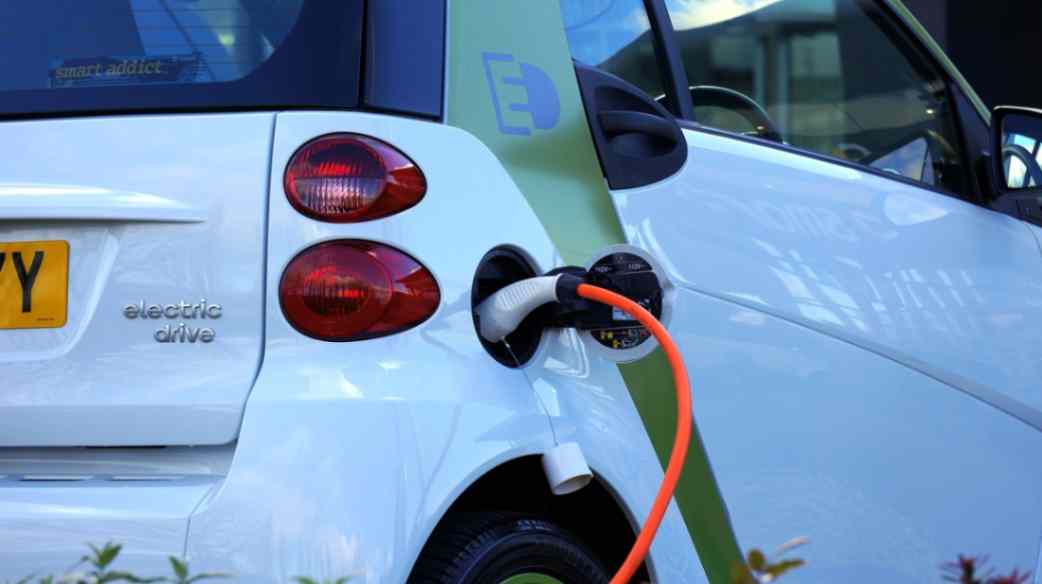
Variations in country-to-country deployment creates disparities in energy transition progress. For instance, the 2022 Inflation Reduction Act in the US has posed challenges for the rest of the world, by potentially channeling energy transition investment away from other markets and into the US. This highlights the need for a globally unified approach to energy policy that balances various national interests while addressing a global problem.
To facilitate the energy transition, it is imperative to establish stable, cohesive, and forward-looking policies that align with global goals and standards. By harmonizing international standards, and providing clear and consistent signals, governments and policymakers can generate investor confidence, helping to foster a robust energy ecosystem that propels the sector forward.
Furthermore, substantive and far-reaching discussions at international events like the United Nations Conference of the Parties (COP), are essential to facilitate this global alignment. These events provide an opportunity to de-risk the energy transition through consistent policy that enables countries to work together, ensuring that the global community can tackle the challenges and opportunities of the energy transition as a united front.
Keeping net-zero ambitions on track
Despite the challenges faced by the energy sector, the latest research reveals a key positive: 91 percent of energy leaders surveyed are working towards achieving net zero. This demonstrates a strong commitment to the transition and clear recognition of its importance. It also emphasizes the need to accelerate our efforts, streamline processes, and reduce barriers to realizing net-zero ambitions — and further underscores the need to de-risk energy transition investment by removing uncertainties.
The solution is collaborating and harmonizing our goals with the main players in the energy sector across the private and public sectors, while establishing consistent, transparent, and supportive policy frameworks that encourage investment and drive technological innovation.
These tasks, while daunting, are achievable. They require vision, leadership, and action from all stakeholders involved. By adopting a new mindset about how we participate in the energy system and what our obligations are, we can stimulate the rapid progress needed on the road to net zero.
Dr. Tej Gidda (Ph.D., M.Sc., BSc Eng) is an educator and engineer with over 20 years of experience in the energy and environmental fields. As GHD Global Leader – Future Energy, Tej is passionate about moving society along the path towards a future of secure, reliable, and affordable low-carbon energy. His focus is on helping public and private sector clients set and deliver on decarbonization goals in order to achieve long-lasting positive change for customers, communities, and the climate. Tej enjoys fostering the next generation of clean energy champions as an Adjunct Professor at the University of Waterloo Department of Civil and Environmental Engineering.
GHD | www.ghd.com
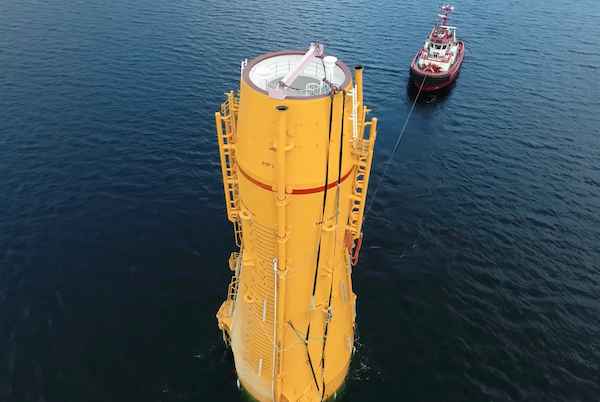
The Kincardine floating wind farm, located off the east coast of Scotland, was a landmark development: the first commercial-scale project of its kind in the UK sector. Therefore, it has been closely watched by the industry throughout its installation. With two of the turbines now having gone through heavy maintenance, it has also provided valuable lessons into the O&M processes of floating wind projects.
In late May, the second floating wind turbine from the five-turbine development arrived in the port of Massvlakte, Rotterdam, for maintenance. An Anchor Handling Tug Supply (AHTS)
vessel was used to deliver the KIN-02 turbine two weeks after a Platform Supply Vessel (PSV) and AHTS had worked to disconnect the turbine from the wind farm site. The towing vessel became the third vessel used in the operation.
This is not the first turbine disconnected from the site and towed for maintenance. In the summer of 2022, KIN-03 became the world’s first-ever floating wind turbine that required heavy maintenance (i.e. being disconnected and towed for repair). It was also towed from Scotland to Massvlakte.
Each of these operations has provided valuable lessons for the ever-watchful industry in how to navigate the complexities of heavy maintenance in floating wind as the market segment grows.

The heavy maintenance process
When one of Kincardine’s five floating 9.5 MW turbines (KIN-03) suffered a technical failure in May 2022, a major technical component needed to be replaced. The heavy maintenance strategy selected by the developer and the offshore contractors consisted in disconnecting and towing the turbine and its floater to Rotterdam for maintenance, followed by a return tow and re-connection. All of the infrastructure, such as crane and tower access, remained at the quay following the construction phase. (Note, the following analysis only covers KIN-03, as details of the second turbine operation are not yet available).
Comparing the net vessel days for both the maintenance and the installation campaigns at this project highlights how using a dedicated marine spread can positively impact operations.
For this first-ever operation, a total of 17.2 net vessel days were required during turbine reconnection—only a slight increase on the 14.6 net vessel days that were required for the first hook-up operation performed during the initial installation in 2021. However, it exceeds the average of eight net vessel days during installation. The marine spread used in the heavy maintenance operation differed from that used during installation. Due to this, it did not benefit from the learning curve and experience gained throughout the initial installation, which ultimately led to the lower average vessel days.
The array cable re-connection operation encountered a similar effect. The process was performed by one AHTS that spent 10 net vessel days on the operation. This compares to the installation campaign, where the array cable second-end pull-in lasted a maximum of 23.7 hours using a cable layer.
Overall, the turbine shutdown duration can be broken up as 14 days at the quay for maintenance, 52 days from turbine disconnection to turbine reconnection, and 94 days from disconnection to the end of post-reconnection activities.
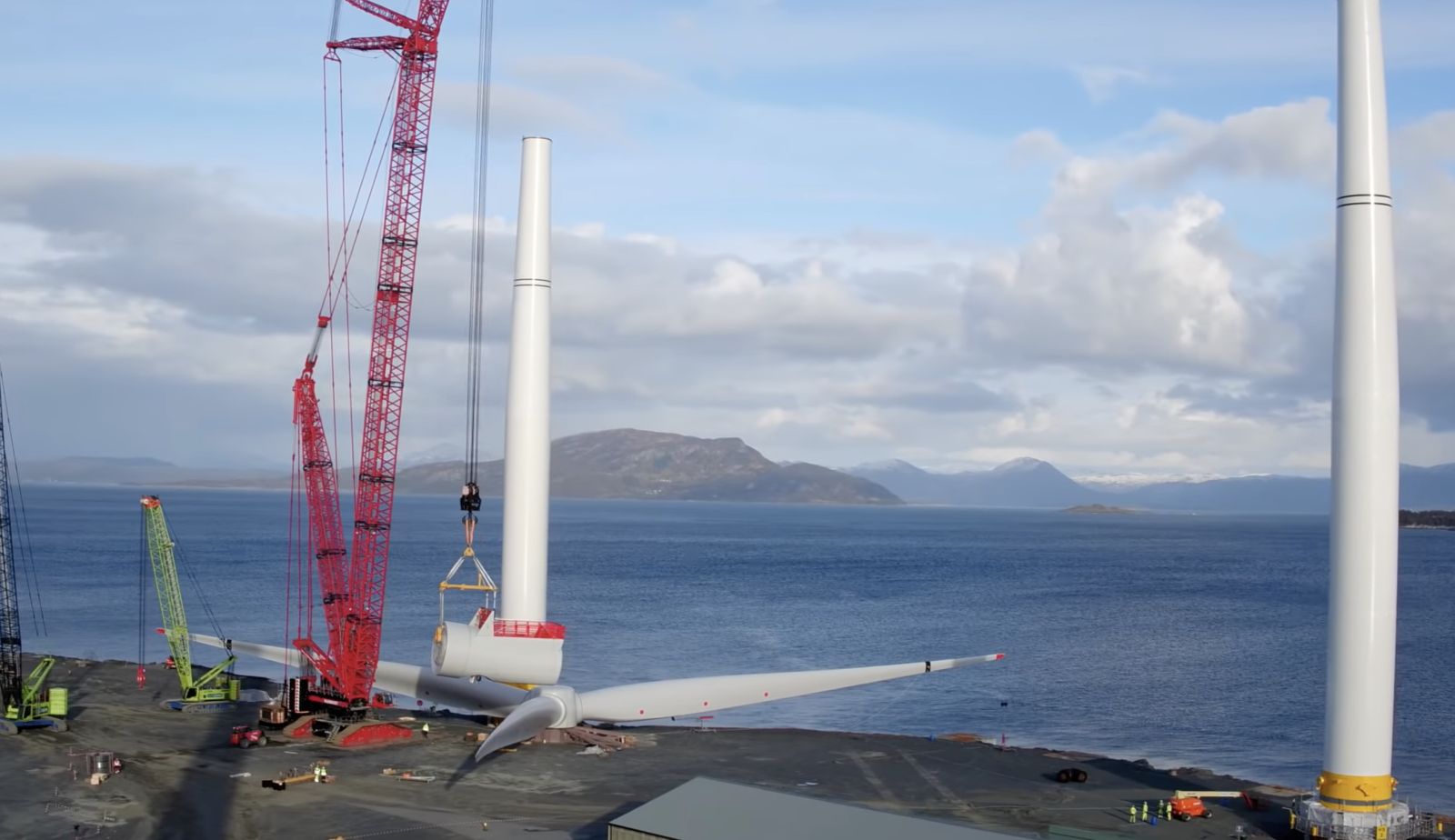
What developers should keep in mind for heavy maintenance operations
This analysis has uncovered two main lessons developers should consider when planning a floating wind project: the need to identify an appropriate O&M port, and to guarantee that a secure fleet is available.
Floating wind O&M operations require a port with both sufficient room and a deep-water quay. The port must also be equipped with a heavy crane with sufficient tip height to accommodate large floaters and reach turbine elevation. Distance to the wind farm should also be taken into account, as shorter distances will reduce towing time and, therefore, minimize transit and non-productive turbine time.
During the heavy maintenance period for KIN-03 and KIN-02, the selected quay (which had also been utilized in the initial installation phase of the wind farm project), was already busy as a marshalling area for other North Sea projects. This complicated the schedule significantly, as the availability of the quay and its facilities had to be navigated alongside these other projects. This highlights the importance of abundant quay availability both for installation (long-term planning) and maintenance that may be needed on short notice.
At the time of the first turbine’s maintenance program (June 2022), the North Sea AHTS market was in an exceptional situation: the largest bollard pull AHTS units contracted at over $200,000 a day, the highest rate in over a decade.
During this time, the spot market was close to selling out due to medium-term commitments, alongside the demand for high bollard pull vessels for the installation phase at a Norwegian floating wind farm project. The Norwegian project required the use of four AHTS above a 200t bollard pull. With spot rates ranging from $63,000 to $210,000 for the vessels contracted for Kincardine’s maintenance, the total cost of the marine spread used in the first repair campaign was more than $4 million.
Developers should therefore consider the need to structure maintenance contracts with AHTS companies, either through frame agreements or long-term charters, to decrease their exposure to spot market day rates as the market tightens in the future.

While these lessons are relevant for floating wind developers now, new players are looking towards alternative heavy O&M maintenance options for the future. Two crane concepts are especially relevant in this instance. The first method is for a crane to be included in the turbine nacelle to be able to directly lift the component which requires repair from the floater, as is currently seen on onshore turbines. This method is already employed in onshore turbines and could be applicable for offshore. The second method is self-elevating cranes with several such solutions already in development.
The heavy maintenance operations conducted on floating turbines at the Kincardine wind farm have provided invaluable insights for industry players, especially developers. The complex process of disconnecting and towing turbines for repairs highlights the need for meticulous planning and exploration of alternative maintenance strategies, some of which are already in the pipeline. As the industry evolves, careful consideration of ports, and securing fleet contracts, will be crucial in driving efficient and cost-effective O&M practices for the floating wind market.
Sarah McLean is Market Research Analyst at Spinergie, a maritime technology company specializing in emission, vessel performance, and operation optimization.
Spinergie | www.spinergie.com

According to the Energy Information Administration (EIA), developers plan to add 54.5 gigawatts (GW) of new utility-scale electric generating capacity to the U.S. power grid in 2023. More than half of this capacity will be solar. Wind power and battery storage are expected to account for roughly 11 percent and 17 percent, respectively.
A large percentage of new installations are being developed in areas that are prone to extreme weather events and natural disasters (e.g., Texas and California), including high wind, tornadoes, hail, flooding, earthquakes, wildfires, etc. With the frequency and severity of many of these events increasing, project developers, asset owners, and tax equity partners are under growing pressure to better understand and mitigate risk.
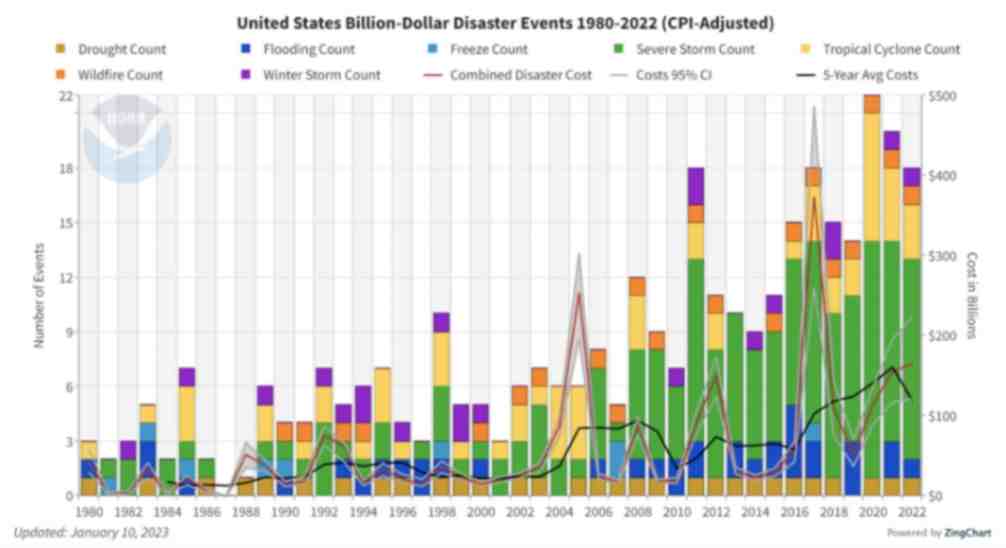
Figure 1. The history of billion-dollar disasters in the United States each year from 1980 to 2022 (source: NOAA)
In terms of loss prevention, a Catastrophe (CAT) Modeling Study is the first step to understanding the exposure and potential financial loss from natural hazards or extreme weather events. CAT studies form the foundation for wider risk management strategies, and have significant implications for insurance costs and coverage.
Despite their importance, developers often view these studies as little more than a formality required for project financing. As a result, they are often conducted late in the development cycle, typically after a site has been selected. However, a strong case can be made for engaging early with an independent third party to perform a more rigorous site-specific technical assessment. Doing so can provide several advantages over traditional assessments conducted by insurance brokerage affiliates, who may not possess the specialty expertise or technical understanding needed to properly apply models or interpret the results they generate. One notable advantage of early-stage catastrophe studies is to help ensure that the range of insurance costs, which can vary from year to year with market forces, are adequately incorporated into the project financial projections.
The evolving threat of natural disasters
Over the past decade, the financial impact of natural hazard events globally has been almost three trillion dollars. In the U.S. alone, the 10-year average annual cost of natural disaster events exceeding $1 billion increased more than fourfold between the 1980s ($18.4 billion) and the 2010s ($84.5 billion).

Investors, insurers, and financiers of renewable projects have taken notice of this trend, and are subsequently adapting their behavior and standards accordingly. In the solar market, for example, insurance premiums increased roughly four-fold from 2019 to 2021. The impetus for this increase can largely be traced back to a severe storm in Texas in 2019, which resulted in an $80 million loss on 13,000 solar panels that were damaged by hail.
The event awakened the industry to the hazards severe storms present, particularly when it comes to large-scale solar arrays. Since then, the impact of convective weather on existing and planned installations has been more thoroughly evaluated during the underwriting process. However, far less attention has been given to the potential for other natural disasters; events like floods and earthquakes have not yet resulted in large losses and/or claims on renewable projects (including wind farms). The extraordinary and widespread effect of the recent Canadian wildfires may alter this behavior moving forward.
A thorough assessment, starting with a CAT study, is key to quantifying the probability of their occurrence — and estimating potential losses — so that appropriate measures can be taken to mitigate risk.
All models are not created equal
Industrywide, certain misconceptions persist around the use of CAT models to estimate losses from an extreme weather event or natural disaster.
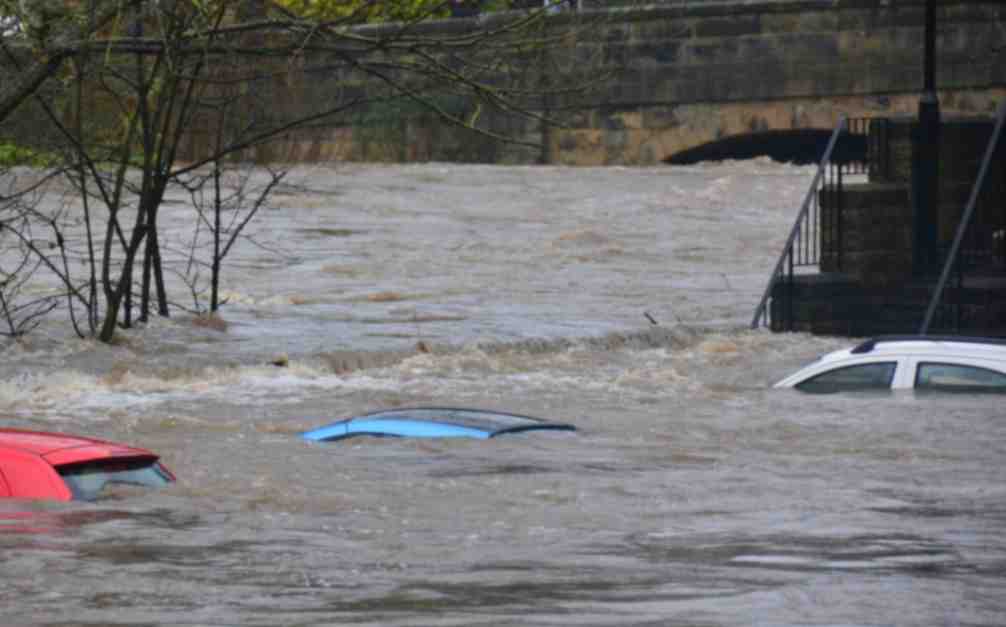
Often, the perception is that risk assessors only need a handful of model inputs to arrive at an accurate figure, with the geographic location being the most important variable. While it’s true that many practitioners running models will pre-specify certain project characteristics regardless of the asset’s design (for example, the use of steel moment frames without trackers for all solar arrays in a given region or state), failure to account for even minor details can lead to loss estimates that are off by multiple orders of magnitude.
The evaluation process has recently become even more complex with the addition of battery energy storage. Relative to standalone solar and wind farms, very little real-world experience and data on the impact of extreme weather events has been accrued on these large-scale storage installations. Such projects require an even greater level of granularity to help ensure that all risks are identified and addressed.
Even when the most advanced modeling software tools are used (which allow for thousands of lines of inputs), there is still a great deal that is subject to interpretation. If the practitioner does not possess the expertise or technical ability needed to understand the model, the margin for error can increase substantially. Ultimately, this can lead to overpaying for insurance. Worse, you may end up with a policy with insufficient coverage. In both cases, the profitability of the asset is impacted.
Supplementing CAT studies
In certain instances, it may be necessary to supplement CAT models with an even more detailed analysis of the individual property, equipment, policies, and procedures. In this way, an unbundled risk assessment can be developed that is tailored to the project. Supplemental information (site-specific wind speed studies and hydrological studies, structural assessment, flood maps, etc.) can be considered to adjust vulnerability models.
This provides an added layer of assurance that goes beyond the pre-defined asset descriptions in the software used by traditional studies or assessments. By leveraging expert elicitations, onsite investigations, and rigorous engineering-based methods, it is possible to discretely evaluate asset-specific components as part of the typical financial loss estimate study: this includes Normal Expected Loss (NEL), also known as Scenario Expected Loss (SEL); Probable Maximum Loss (PML), also known as Scenario Upper Loss (SUL); and Probabilistic Loss (PL).
Understanding the specific vulnerabilities and consequences can afford project stakeholders unique insights into quantifying and prioritizing risks, as well as identifying proper mitigation recommendations.
Every project is unique
The increasing frequency and severity of natural disasters and extreme weather events globally is placing an added burden on the renewable industry, especially when it comes to project risk assessment and mitigation. Insurers have signaled that insurance may no longer be the main basis for transferring risk; traditional risk management, as well as site and technology selection, must be considered by developers, purchasers, and financiers.
As one of the first steps in understanding exposure and the potential capital loss from a given event, CAT studies are becoming an increasingly important piece of the risk management puzzle. Developers should treat them as such by engaging early in the project lifecycle with an independent third-party practitioner with the specialty knowledge, tools, and expertise to properly interpret models and quantify risk.
Hazards and potential losses can vary significantly depending on the project design and the specific location. Every asset should be evaluated rigorously and thoroughly to minimize the margin for error, and maximize profitability over its life.
 Chris LeBoeuf is Global Head of the Extreme Loads and Structural Risk division of ABS Group, based in San Antonio, Texas. He leads a team of more than 60 engineers and scientists in the US, UK, and Singapore, specializing in management of risks to structures and equipment related to extreme loading events, including wind, flood, seismic and blast. Chris has more than 20 years of professional experience as an engineering consultant, and is a recognized expert in the study of blast effects and blast analysis, as well as design of buildings. He holds a Bachelor of Science in Civil Engineering from The University of Texas at San Antonio, and is a registered Professional Engineer in 12 states.
Chris LeBoeuf is Global Head of the Extreme Loads and Structural Risk division of ABS Group, based in San Antonio, Texas. He leads a team of more than 60 engineers and scientists in the US, UK, and Singapore, specializing in management of risks to structures and equipment related to extreme loading events, including wind, flood, seismic and blast. Chris has more than 20 years of professional experience as an engineering consultant, and is a recognized expert in the study of blast effects and blast analysis, as well as design of buildings. He holds a Bachelor of Science in Civil Engineering from The University of Texas at San Antonio, and is a registered Professional Engineer in 12 states.
ABS Group | www.abs-group.com
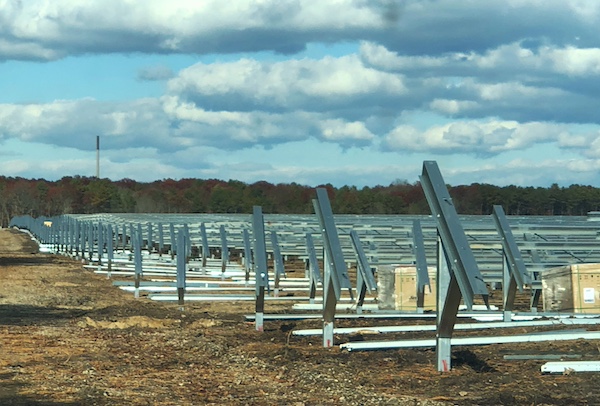
Throughout my life and career as a real estate developer in New York City, I’ve had many successes. In what is clearly one of my most unusual development projects in a long career filled with them, I initiated the building of a solar farm to help t....

I’m just going to say it, BIPV is dumb. Hear me out…. Solar is the most affordable form of energy that has ever existed on the planet, but only because the industry has been working towards it for the past 15 years. Governments,....
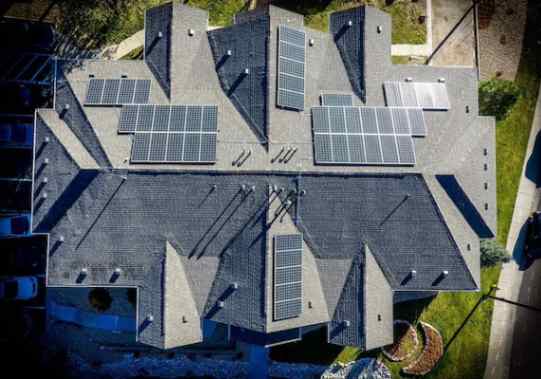
Heat waves encircled much of the earth last year, pushing temperatures to their highest in recorded history. The water around Florida was “hot-tub hot” — topping 101° and bleaching and killing coral in waters around the peninsula. Phoenix had ....
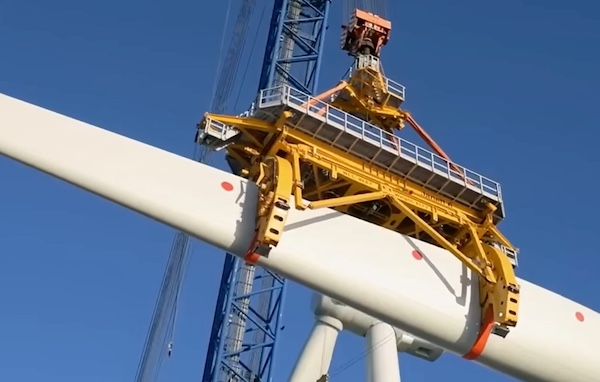
Wind turbines play a pivotal role in the global transition to sustainable energy sources. However, the harsh environmental conditions in which wind turbines operate, such as extreme temperatures, high humidity, and exposure to various contaminants, p....

Wind energy remains the leading non-hydro renewable technology, and one of the fastest-growing of all power generation technologies. The key to making wind even more competitive is maximizing energy production and efficiently maintaining the assets. ....
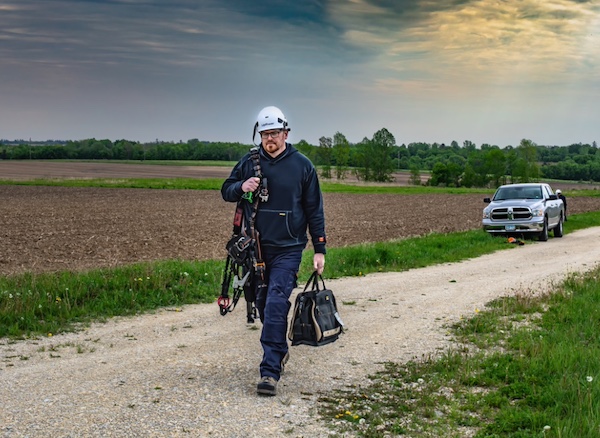
The allure of wind turbines is undeniable. For those fortunate enough to visit these engineering marvels, it’s an experience filled with awe and learning. However, the magnificence of these structures comes with inherent risks, making safety an abs....
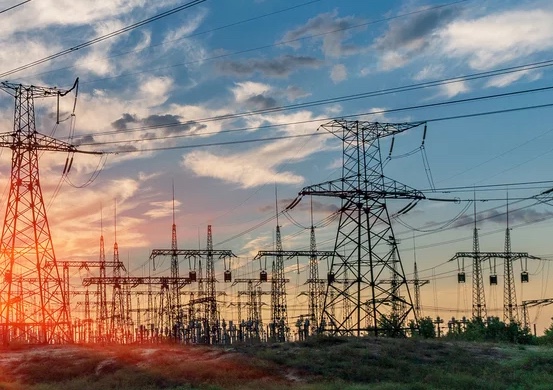
Battery energy storage is a critical technology to reducing our dependence on fossil fuels and build a low carbon future. Renewable energy generation is fundamentally different from traditional fossil fuel energy generation in that energy cannot be p....
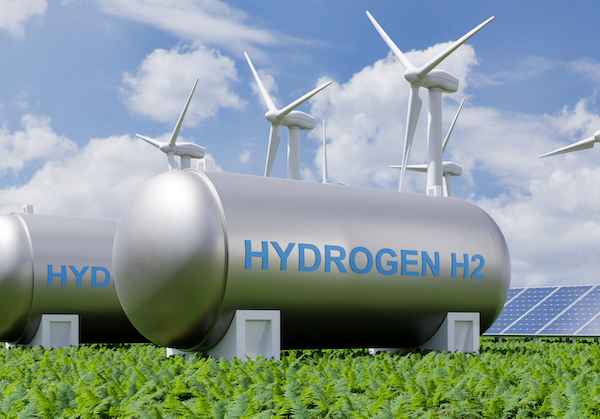
Not enough people know that hydrogen fuel cells are a zero-emission energy technology. Even fewer know water vapor's outsized role in electrochemical processes and reactions. Producing electricity through a clean electrochemical process with water....

In the ever-evolving landscape of sustainable transportation, a ground-breaking shift is here: 2024 ushers in a revolutionary change in Electric Vehicle (EV) tax credits in the United States. Under the Inflation Reduction Act (IRA), a transforma....

Now more than ever, it would be difficult to overstate the importance of the renewable energy industry. Indeed, it seems that few other industries depend as heavily on constant and rapid innovation. This industry, however, is somewhat unique in its e....

University of Toronto’s latest student residence welcomes the future of living with spaces that are warmed by laptops and shower water. In September 2023, one of North America’s largest residential passive homes, Harmony Commons, located....
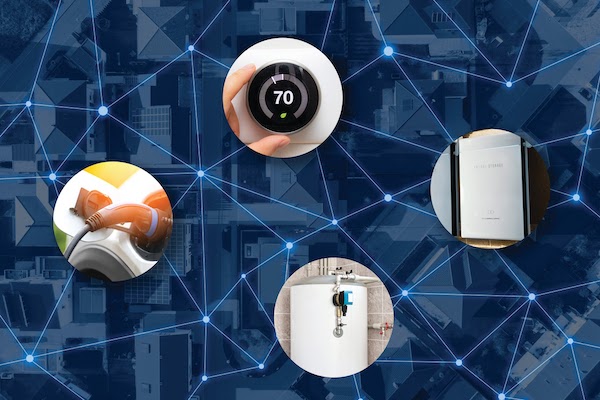
For decades, demand response (DR) has proven a tried-and-true conservation tactic to mitigate energy usage during peak demand hours. Historically, those peak demand hours were relatively predictable, with increases in demand paralleling commuter and ....